10 phones that redefined Samsung's identity

Now that 2018 is finally underway, we're all eager to see what's in store for us in the flagship range. CES 2018 is seriously right around the corner, but if the trends from previous years continue to exist, we won't be seeing or hearing about anything substantial – then again, mid-rangers are more than likely to be expected. Things will really begin to heat up during the time period between CES 2018 and MWC 2018, with the latter tradeshow generally dishing up the juicer, more prized devices in the stable.
Samsung's position in the market has covered the gamut, from being a small-time fish in the pond, all the way to the top of the ladder with its devices. Through everything that transpired during Samsung's existence in the mobile space, the company made decisions that profoundly affected its identity – some good, some bad, but all necessary to bring them to where they currently stand. Samsung has come a long way, so it's intriguing to see what course of actions they took in order to redefine their identity.
Having that in mind, let's take a look at the 10 phones that redefined Samsung's identity.
Samsung Galaxy I7500
Samsung's first Android smartphone
We're starting off this list with none other than the very first Android-powered smartphone put out by Samsung, which was none other than the Samsung Galaxy I7500. Also notably for being the phone that launched the Galaxy line, it was actually the company's move into the Android circle – coming after other notable firsts, such as the T-Mobile G1 and subsequently the HTC Magic. Of course, it was a gamble of sorts given that Google's mobile platform wasn't still considered well-established.
►Samsung Galaxy I7500 Review
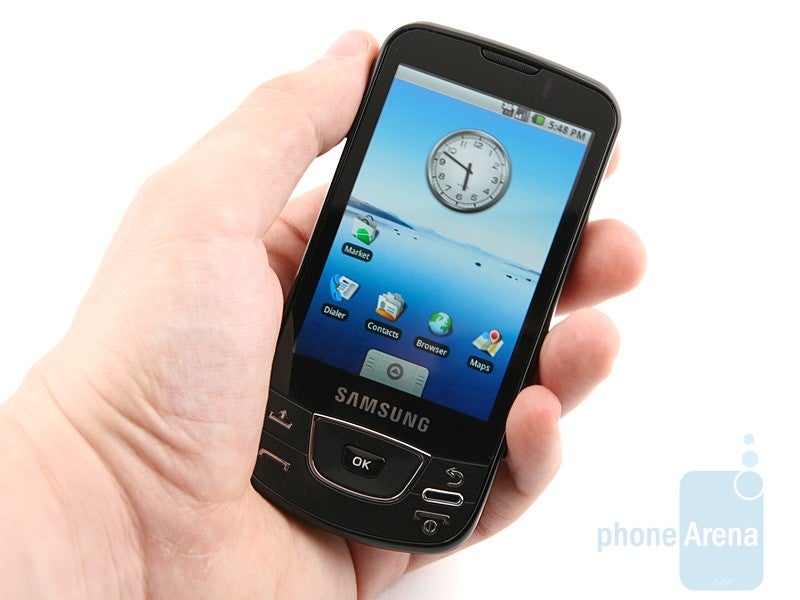
Samsung BlackJack
One of the most popular Windows Mobile phones
Speaking of Windows Mobile phones, our next device so happens to be what's arguably Samsung's most illustrious "smartphone" during the old days of Microsoft's mobile platform. The Samsung SGH-i607, more commonly known as the BlackJack, was a portrait QWERTY smartphone released back in 2006. Samsung invested heavily into the Windows Mobile platform, which was seemingly the smartphone platform of choice for a long time before Android eventually came onto the scene.
The BlackJack is notable for reshaping Samsung's identity in a couple of ways. First of all, it adopted the trend of offering portrait QWERTY smartphones, rivaling and even bettering the Moto Q before it. Even more ambitious, Samsung gambled on the name of the phone, just because the name could've been mistaken for a BlackBerry. Research In Motion at the time filed a lawsuit for copyright infringement, and given how Samsung wasn't an established brand in the mobile space at the time, it seemed as though Samsung was in for a bumpy ride.

Samsung Galaxy S4
Flagship with more features packed into a phone, showed us that "more is better" isn't needed
Switching gears a bit for our next phone, Samsung was undeniably riding high from its acclaims after reaching new heights with the success of its earlier Android smartphones. When you've reached the pinnacle, the high can sometime cause egos to inflate, which could've been the issue surrounding Samsung's identity when they announced and released the Samsung Galaxy S4. Considered as one of the "big boys" on the block, Samsung didn't hold back with the release of the S4, which brought on that notion of "more is better."
The Samsung Galaxy S4 is the perfect example of how a company can go from being humble to something that others might regard as arrogant. Not only was the Galaxy S4 a formidable smartphone when to came down to the specs, but they heavily emphasized the phone's vast software features. Investing what seemed to be a ton of research, development, and time, the Galaxy S4 was notorious for what some considered redundant, novel features. In particular, the "smart scroll" feature with the web browser, which allowed users to scroll up or down on a wen page by tilting their head. While other features like the Air Gestures and Air View were practical to an extent, it showed us all that there's just a limit to how many features can be packed into a phone before it's considered overboard.
►Samsung Galaxy S4 Review
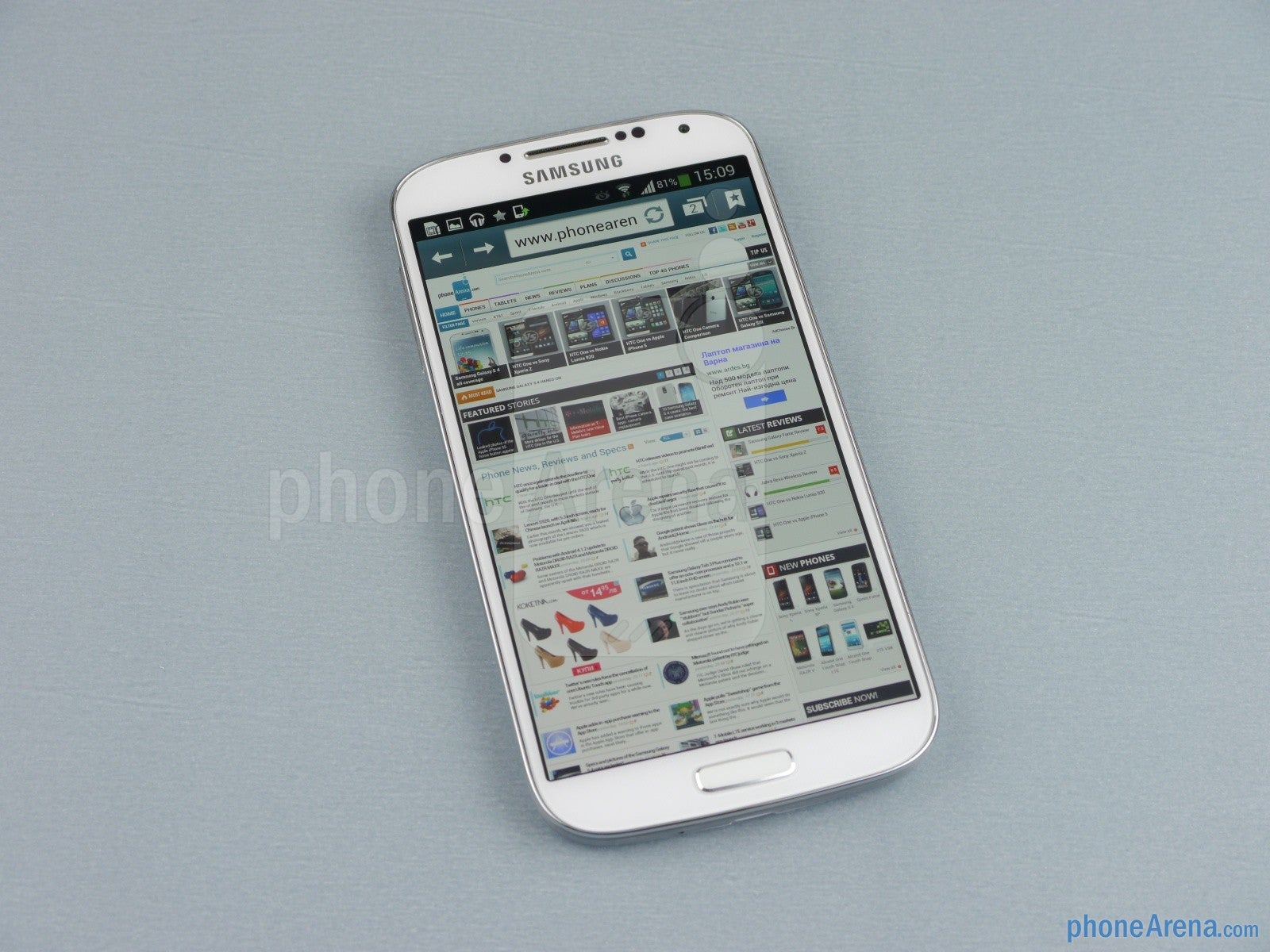
Samsung Galaxy S6 edge
Dual edged screen, premium design
Breaking ground on a slightly different form-factor, the Samsung Galaxy S6 edge was without question taking more of the spotlight when it was introduced alongside the redesigned Galaxy S6. Not only was it oozing from head-to-toe with a brand spanking new premium design, but it supplemented it with a couple of sexy curves that made it quite memorable. Samsung quickly perfected the art of producing curved screens, which was evident by how they were able to one-up themselves from the Galaxy Note edge a few short months ago, to a phone with both edges being curved.
Most people will still argue that the dual-curved edges are there mostly for cosmetic purposes, rather than serving as a useful function. Regardless what side you believe in, this phone became the poster child of how Samsung would be designing its phones going forward. Even now, the dual-curved edge design is still something that's particular to Samsung's slate of flagships – no one else has really attempted to replicate it, so it's widely seen as a unique thing in the space.
►Samsung Galaxy S6 edge Review
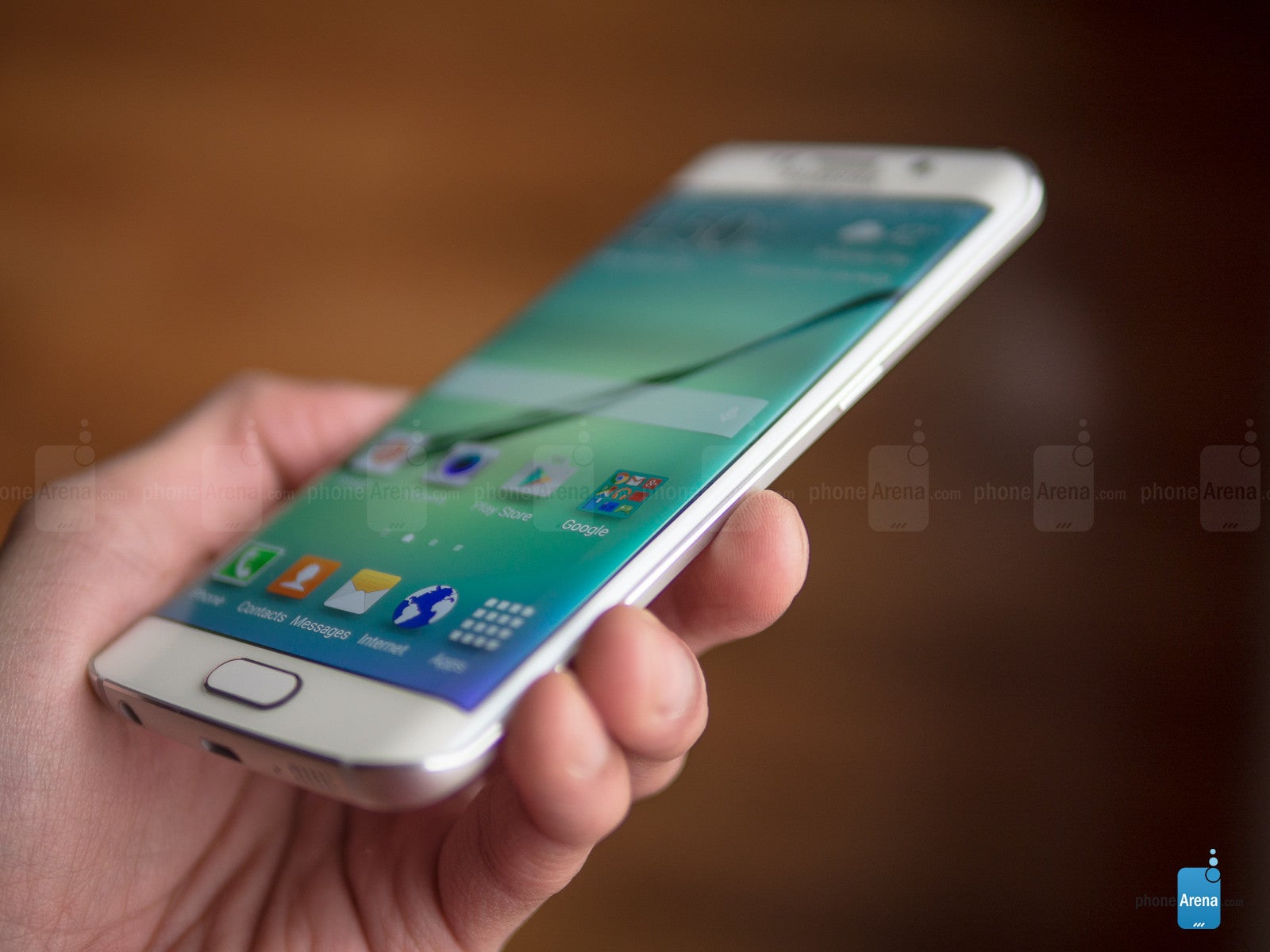
Samsung Galaxy Alpha
Design shift
However, if we're to look back and recognize one single phone that was the catalyst for change when it came to Sammy's phone designs, it had to be none other than the Samsung Galaxy Alpha, which was released back in the fall of 2014. Prior to it, Samsung had this unflattering reputation of producing great performing, high-end smartphones, but they all simply were slacking in the design department. That was largely due to the fact that they were constructed primarily out of plastic, which obviously paled in comparison to the glass and metal materials employed on other phones.
Enter the Samsung Galaxy Alpha, a departure from the norm for Samsung, and to an extent, redefining how the company would design its products. For once, Samsung had a premium looking and feeling smartphone, capable of matching the appeal brought on by rivals that employed premium materials as well. Specifically, it was the brand new metal trim outlining the phone that spurred praise, because for once, the company opted to employ metal in its design. Sure, it was still sporting some plastic elements with its design, but this shift in adopting metal was clearly a sign of bigger things to come!
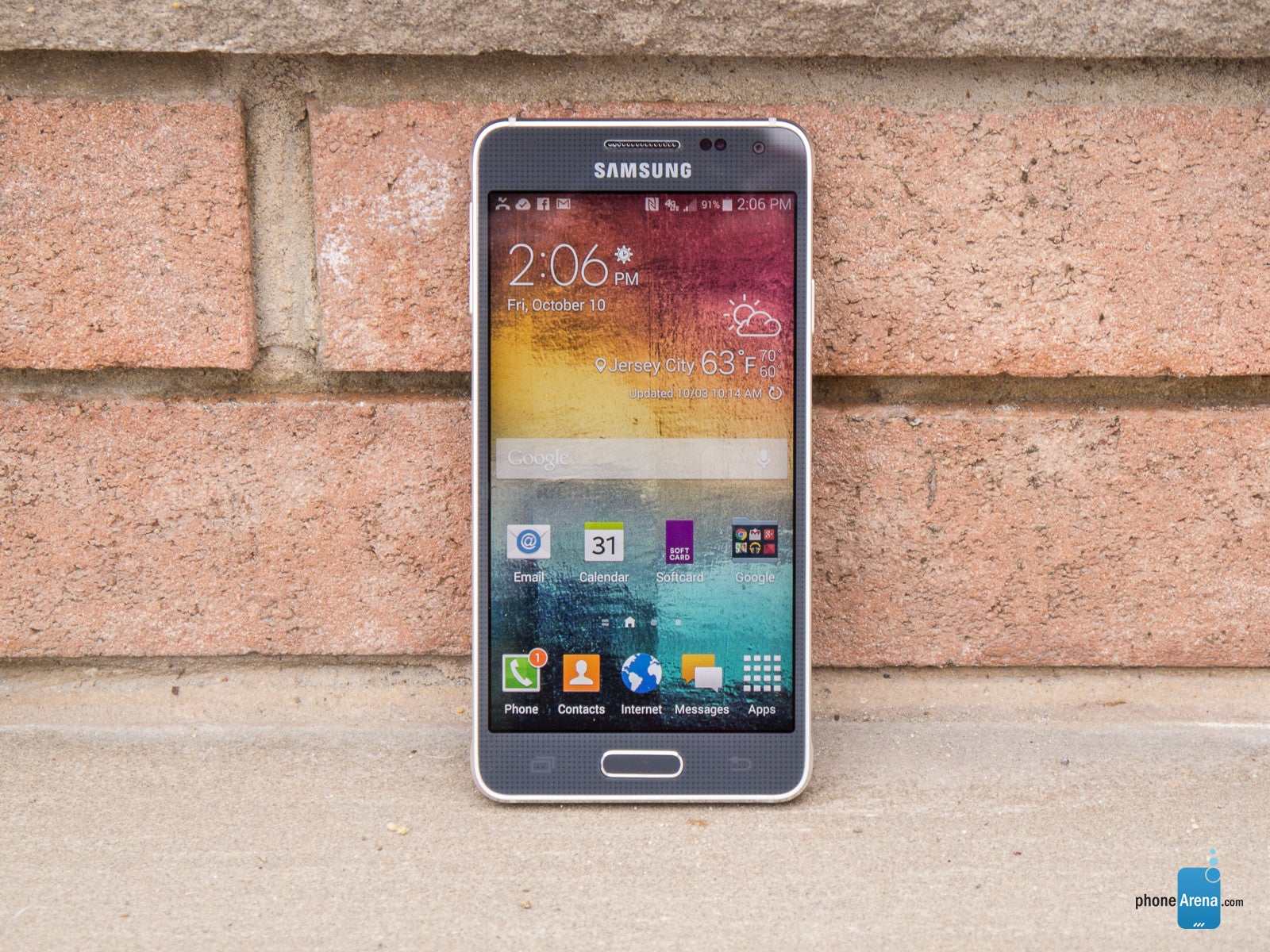
Samsung Instinct
Response to the OG iPhone
Before Samsung's smartphone business began building up steam, the majority of the company's efforts was placed on its budding feature phones. Back in 2008, Samsung released the Instinct, a "smarter" feature phone of sorts that was in response to Apple's iPhone. At the time of its release, commercials for the Samsung Instinct specifically attacked the shortcomings of the iPhone – while praising the Instinct's superiority. And for a good while there, it seemed to work because the Instinct did offer several advantages over Apple's OG iPhone, like faster 3G data connectivity, turn-by-turn navigation with the help of its built-in GPS, downloading songs directly over-the-air onto the phone, watching television, and the ability to record and send videos.
The marketing behind the Samsung Instinct was intense, often depicting the Instinct and iPhone side-by-side breaking down what they offered. For Samsung, this was an opportunity to show its peers that it could deliver something that could compete against the ground-breaking features brought on by the original iPhone. Considering that Samsung's venture into the Android fold was still a year away, the Samsung Instinct helped to instill some degree of confidence into the company – by having a phone that proved to be a distraction to the iPhone.
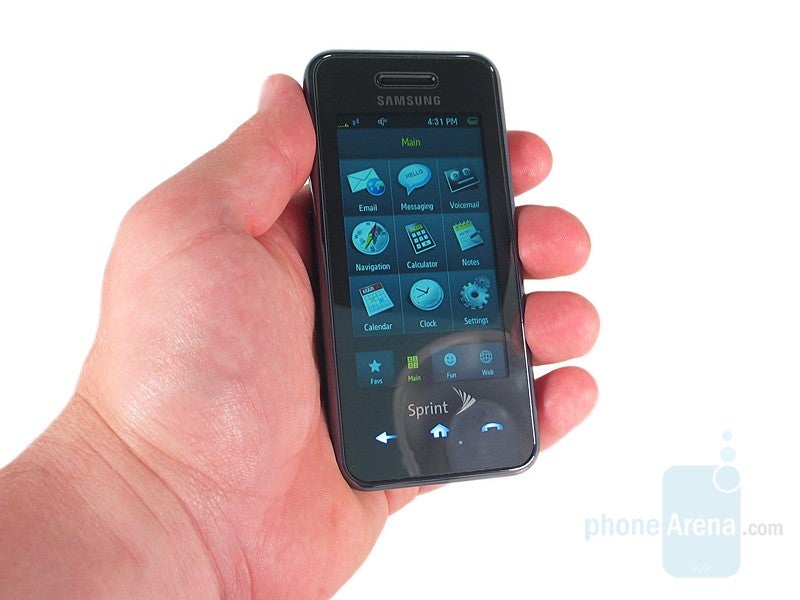
Samsung Galaxy Note
First true "phablet"
You could argue that it was Samsung who was a staunch supporter of the idea that "bigger is better." We grazed on that strategy earlier with the Samsung Galaxy S4, wherein that idea wasn't necessarily all positive, but for the Samsung Galaxy Note, which was released in the fall of 2011, it proved to be the driving force that spurred a brand-new line and form-factor. Remarked by many as the phone to popularize the "phablet," a device combining the elements of a phone and tablet, the Samsung Galaxy Note was yet another validation for Samsung – that they were a serious contender in the space.
From its larger-than-life stature, to its top-shelf specs, and its compelling ability to spur conversation from random strangers, the Galaxy Note elevated Samsung's reputation to a higher level. And you know what, it even helped when they were able to once again popularize the stylus, which was seemingly all but dead at the advent of capacitive touchscreens. Everything about the Note helped to solidify Samsung's reputation as a premier player, and even now after all that time has passed, the Galaxy Note line continues to be one of the most popular and anticipated smartphone lines around!
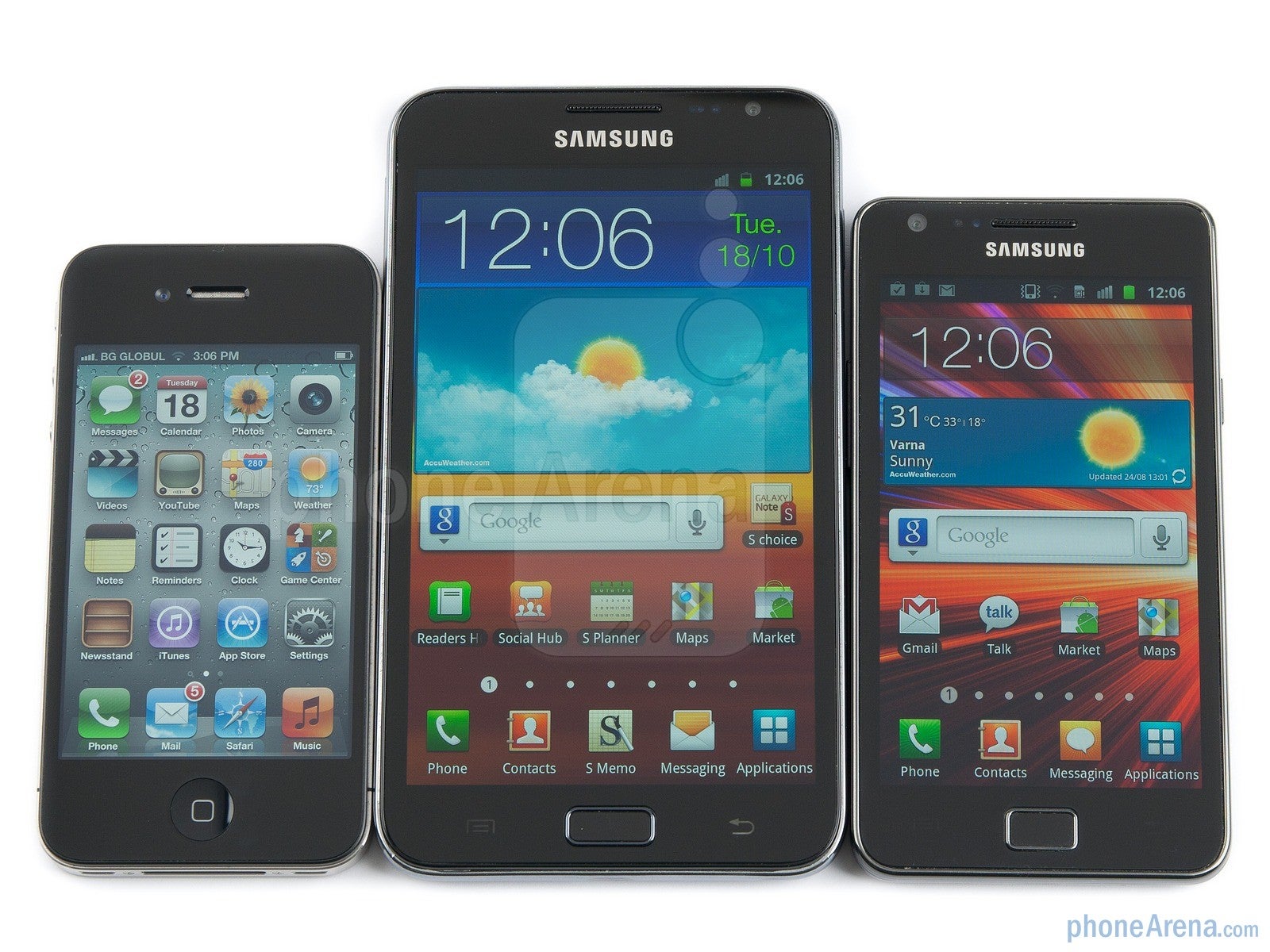
Samsung Galaxy S I9000
First true flagship
Prior to 2010, the majority of Samsung's business was still in the feature phones market, but of course, that eventually shifted as the company began to invest more into its smartphones. As we mentioned at the top of our list, the first Android-powered smartphone from them was the Samsung Galaxy I7500 back in 2009, but we really didn't get a true flagship caliber device until the following year. Enter the Samsung Galaxy S I9000, released in mid-2010, it ushered in a brand-new era for the company – one that enabled them to not only be a force in the Android sphere, but in the overall smartphone market.
With the release of the Samsung Galaxy S, it reshaped Samsung's identity into a premier maker. No longer were they just going to settle on producing quirky mid-range phones, but rather, more time and development would be invested into a new flagship line. While the Galaxy S was indeed a pivotal moment for the company, they were still trying to claw their way out from the rest of the competition at the time. Motorola, HTC, and LG's offerings at the time were equally just as compelling, but the Galaxy S was the phone that allowed them to really be regarded as a serious contender.
►Samsung Galaxy S Review
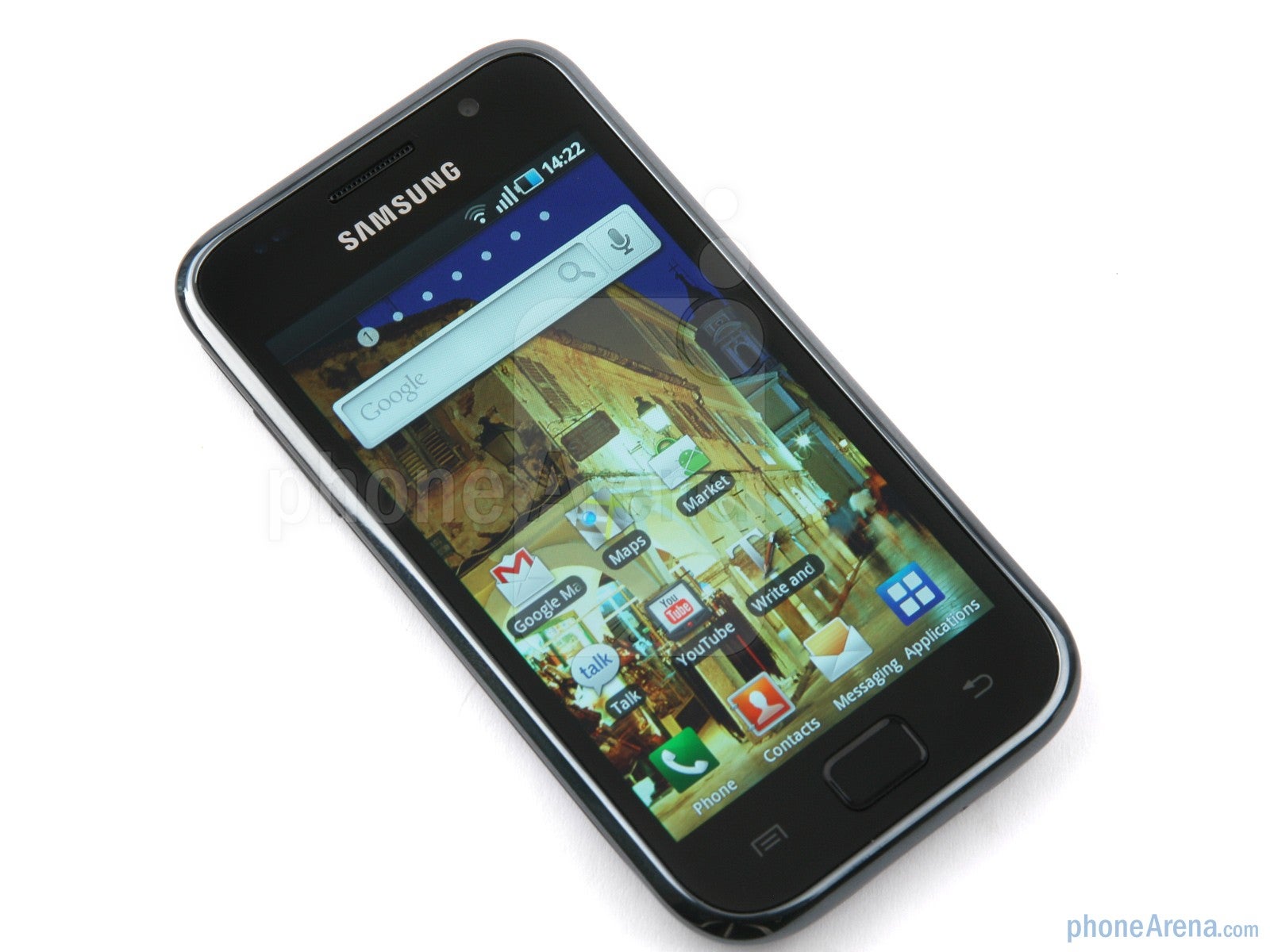
Samsung Galaxy Note 7
Debacle with the recall
Samsung's history has been filled with several milestones that helped to bring the company to where it is right now, but there have also been a couple of mishaps along the way that had serious implications to the company's reputation. Relatively fresh on the minds of consumers, the events that transpired with the Samsung Galaxy Note 7 during the fall of 2016 remains to be one of the biggest failures that redefined Samsung's identity! Even now, the scar that's been left over from it still fragile.
Looking to beat the majority of its rivals to the punch by announcing and eventually releasing the Galaxy Note 7 before anyone else in the fall, Samsung's ambitious strategy abruptly came to a halt when initial reports about its phone exploding randomly began to surface. Ultimately, the culprit behind the explosions was determined to be the battery. Initially announcing a recall of the smartphone to replace these faulty batteries, things got worse when additional reports of replacement models were also exploding. Damage controlled naturally ensued, with the eventual decision to discontinue the phone altogether.
►Samsung Galaxy Note 7 Review
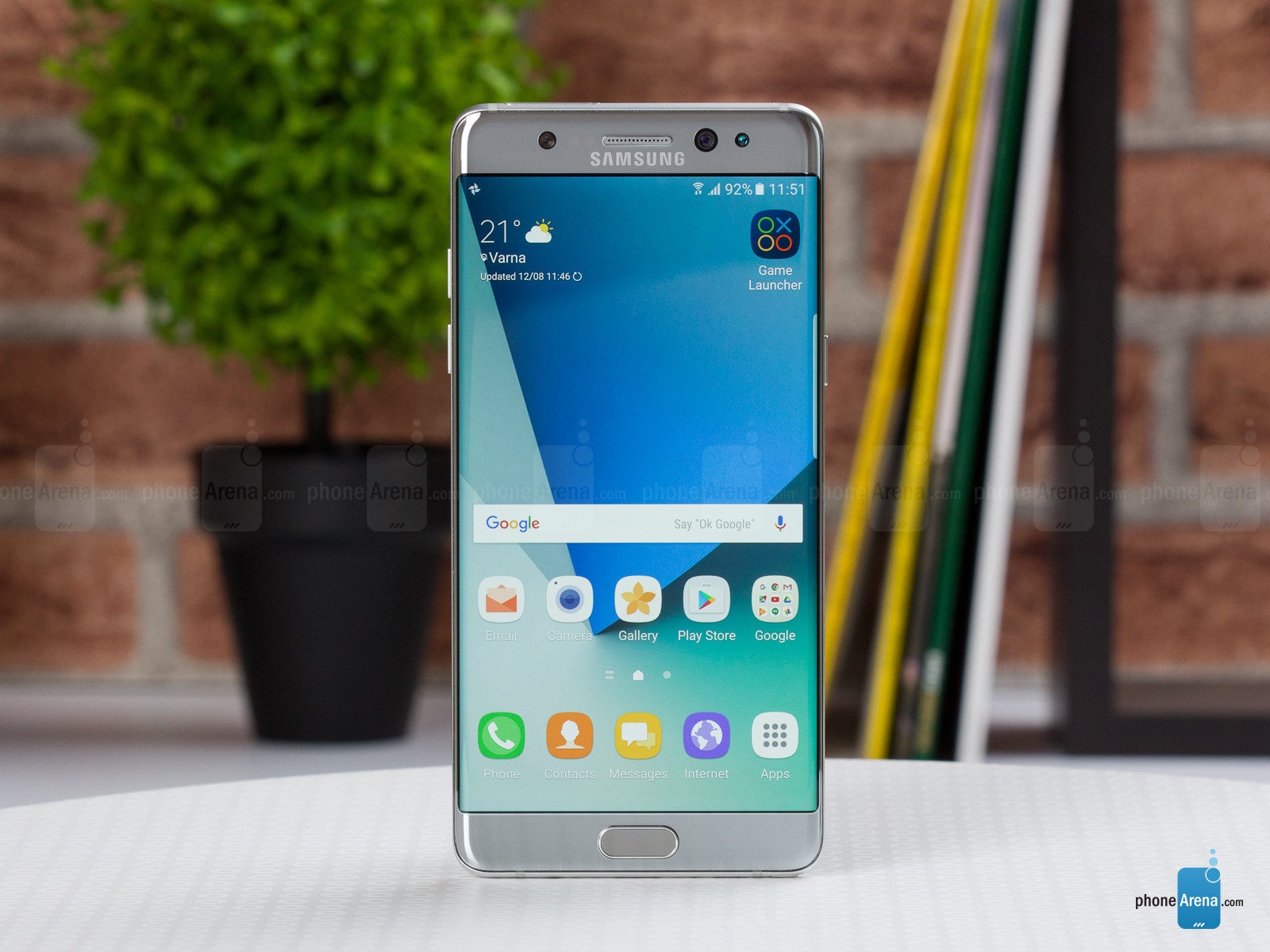
Honorable Mentions
- Samsung Galaxy Nexus – Google partnered with Samsung to co-develop its third device in its Nexus line, the Galaxy Nexus. Many people will argue that the Samsung Galaxy Nexus was the pinnacle in Google's now defunct line, but for Samsung, the Galaxy branding attached to the Nexus line only elevated its position in the overall space. It was a polished phone that was acclaimed unanimously by everyone, which of course, helped to prove Samsung as an established contender.
- Samsung Galaxy S8 – After the disaster with the Note 7 Samsung attempted to reclaim its position with the launch of the Galaxy S8. Not only was it an astounding success, but Samsung committed to tighter and more meticulous quality control and testing of its devices to ensure they were safe. Thanks to this, it managed to restore some of Samsung's reputation back to its position prior to the Note 7 events.
- Samsung Omnia – This was the last great smartphone from Samsung that ran Microsoft's aging Windows Mobile platform. It featured an all-screen form-factor, while still providing interaction with the aid of its resistance screen, included stylus, and optical mouse. And it even packed on what was then regarded as a hefty 5-megapixel rear camera. It was a solid performing smartphone overall, but as history has shown us, the door to Windows Mobile was quickly closing at that point – forcing them to look elsewhere.
- Samsung Wave S8500 – Who knows why Samsung thought it was a smart idea to develop its own mobile operating system, but the Samsung Wave S8500 can be seen as a tough lesson learned looking back. It was the first phone to run Samsung's own Linux based Bada platform, but after a few short years, Bada folded and was eventually merged with Tizen – yet another Linux based platform backed by Samsung and Intel.
- Samsung Impression – AMOLED screens are synonymous to Samsung, but did you know that its first ever phone in the US to feature the display technology was the 2009 released Samsung Impression, a landscape QWERTY slider feature phone. Yes, the Impression showed to us all the beauty and wonder of AMOLED technology, like its high contrast, rich colors, and exquisite viewing angles.
Samsung Galaxy S III
First phone to reach sales comparable to iPhone, established Samsung as a world leader
After two attempts at its flagship line, Samsung finally got the recipe correct with the Galaxy S III, which was launched in 2012. Deemed the first true "iPhone killer," the Galaxy S III catapulted Samsung into uncharted territory where they were finally able to move ahead of its rivals in the Android space. And for once, we had a phone that rivaled the iPhone's sales, so it was a big deal for Samsung that the Galaxy S III proved to be a critical and commercial hit!
The phone itself was every bit of a flagship caliber smartphone, but even more impressive was that the smartphone was released and made readily available through the four major wireless carriers in the US – something that was unheard of at the time. Exclusives were rampant back then, evident in how Sprint had the HTC EVO line, AT&T was barely holding onto the iPhone, Verizon was being backed by its DROIDs, and T-Mobile still had its MyTouch line. The Samsung Galaxy S III changed all of that, and at the same time, Samsung was able to increase its share in various markets worldwide.
►Samsung Galaxy S III Review










Things that are NOT allowed: